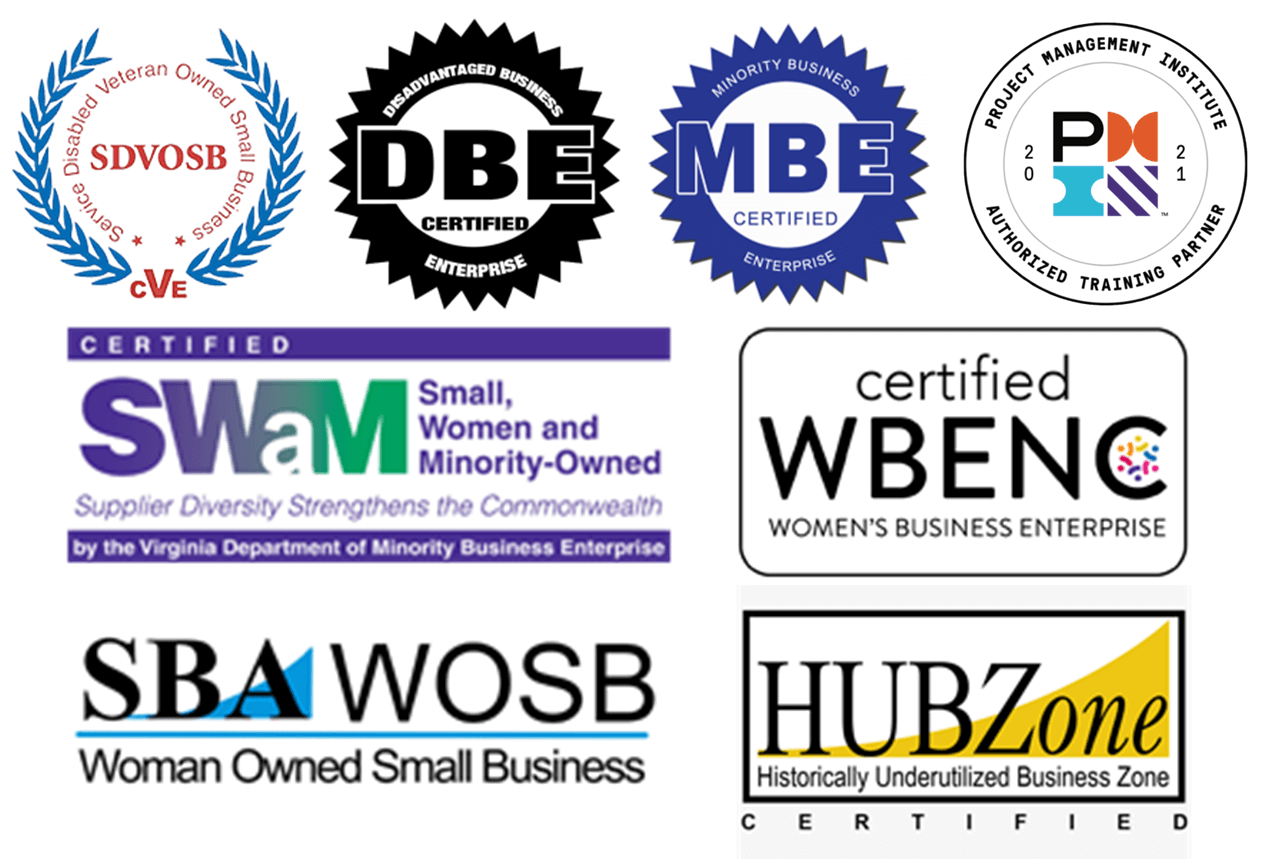In the realm of leadership and professional development, there are few concepts as essential as understanding unconscious bias. It’s like the invisible force that guides our decisions, shapes our perceptions, and ultimately impacts our interactions with others. In this blog post, we’ll embark on a journey to demystify the intriguing world of unconscious bias, exploring what it is, why it matters, and how we can address it in our professional lives.
Unconscious Bias: What Is It?
Unconscious bias refers to the deep-seated stereotypes, attitudes, and prejudices that influence our decisions and actions without our awareness. These biases are a product of our upbringing, cultural influences, and life experiences. They often manifest subtly and unintentionally, making them challenging to recognize. The first step in addressing unconscious bias is acknowledging its existence.
Why Should We Care About Unconscious Bias?
1. Diversity and Inclusion: Unconscious bias can undermine diversity and inclusion efforts in the workplace. When biases go unchecked, they can lead to discrimination, unequal opportunities, and a lack of representation among different groups.
2. Decision-Making: Bias can cloud our judgment, affecting hiring, promotions, and project assignments. This can result in suboptimal decisions and hinder organizational success.
3. Team Dynamics: Bias can create tension within teams, eroding trust and collaboration. It can also limit the creativity and innovation that diverse perspectives bring to the table.
4. Employee Morale: When employees perceive bias within an organization, their morale and job satisfaction can suffer. This can lead to higher turnover rates and lower productivity.
How Can We Address Unconscious Bias?
1. Self-Awareness: The first step in combating unconscious bias is to become aware of your own biases. This requires introspection and a willingness to confront uncomfortable truths about your own beliefs and attitudes.
2. Education and Training: Offering training programs on unconscious bias can be highly effective. These programs can provide insights, tools, and strategies for recognizing and mitigating bias in the workplace.
3. Inclusive Policies: Organizations should implement policies and practices that promote diversity and inclusion. This can include diverse hiring panels, mentorship programs, and clear guidelines for addressing bias-related incidents.
4. Accountability: Holding individuals and teams accountable for addressing bias is crucial. Regular assessments, feedback mechanisms, and reporting channels can help create a culture of accountability.
5. Encourage Dialogue: Open and respectful conversations about bias can foster understanding and empathy. Encourage employees to share their experiences and perspectives.
Remaining Neutral vs. Taking a Stand
When discussing unconscious bias, it’s essential to strike a balance between remaining neutral and taking a stand. While neutrality can be important in certain contexts, it’s equally crucial to actively work towards reducing bias and promoting inclusion. As a leader, it’s your responsibility to set the tone for your organization and lead by example.
In Conclusion
Understanding unconscious bias is not just a theoretical exercise; it’s a practical necessity in today’s diverse and dynamic workplace. By acknowledging its existence, educating ourselves and our teams, and implementing inclusive practices, we can create a more equitable and productive professional environment. Remember, addressing unconscious bias is not just about doing what’s right; it’s also about ensuring the success and growth of your business.
In your journey as a leader, embrace the challenge of addressing unconscious bias as an opportunity to make a positive impact, not only on your organization but on the lives of those you lead and inspire. Together, we can unravel the hidden threads of bias and weave a tapestry of diversity, inclusion, and success. For more information and training please contact us.





